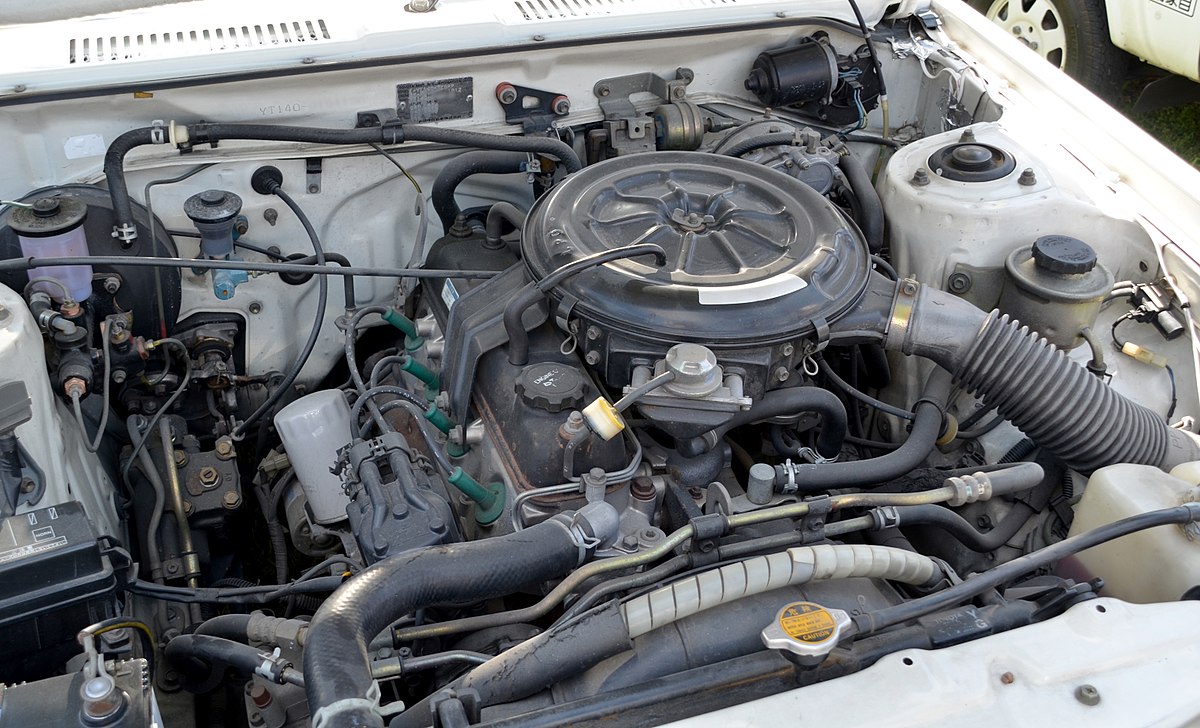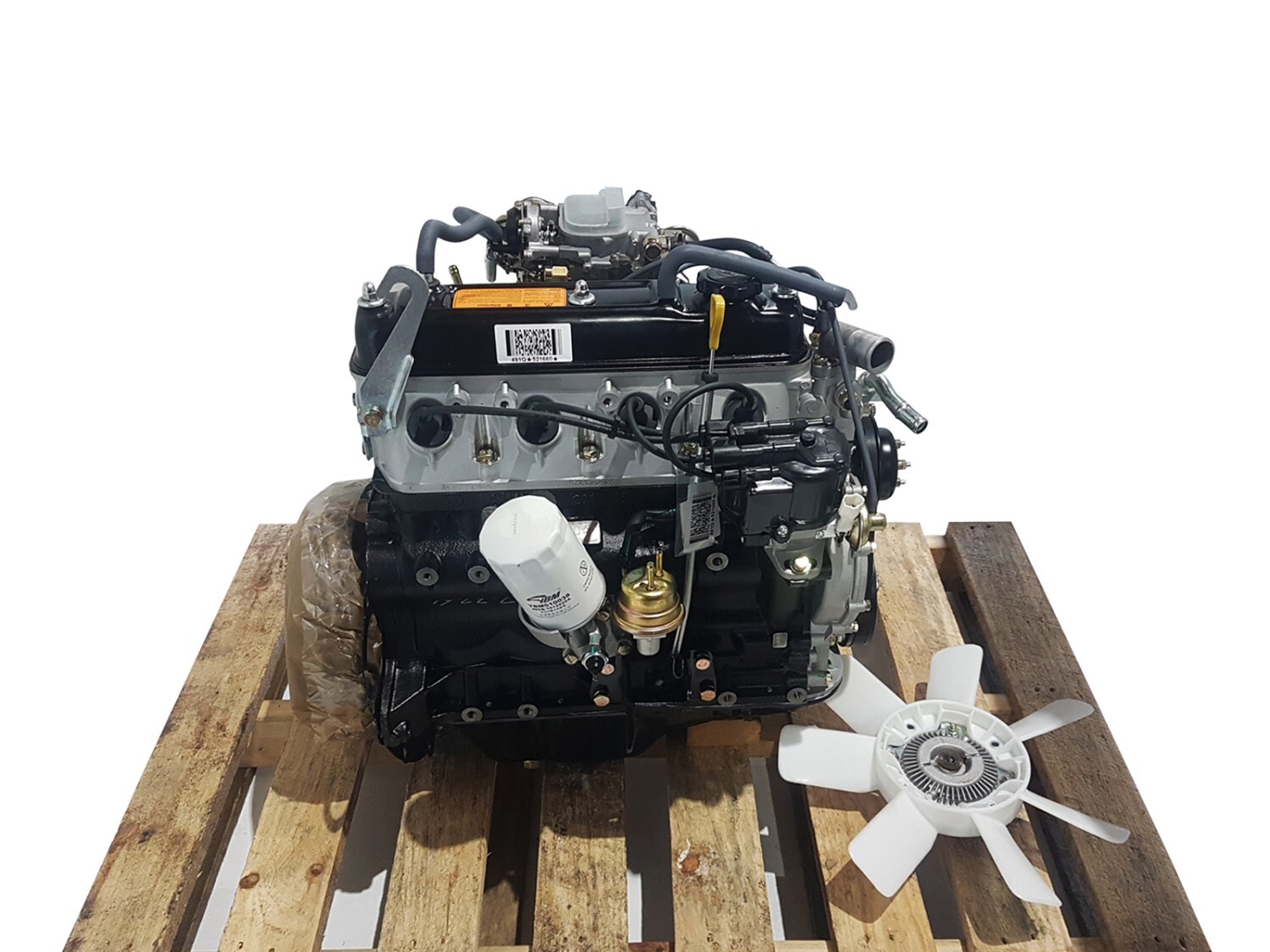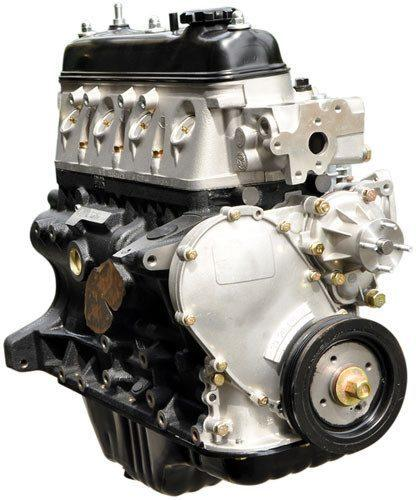How the 4Y Engine Compares to Other Engines in Terms of Fuel Efficiency
How the 4Y Engine Compares to Other Engines in Terms of Fuel Efficiency
Blog Article
Exploring the Numerous Kinds Of Engine: Which One Fits Your Needs?
In the quest to establish one of the most appropriate engine kind for your particular needs, it is crucial to assess the distinctive features and advantages of each choice offered. Interior combustion engines remain to control due to their reliability, while electric engines are gaining grip for their sustainability. Crossbreed engines provide a flexible compromise, and diesel engines stick out for their power in demanding applications. Additionally, different gas engines present cutting-edge remedies, albeit with specific restrictions. Recognizing your priorities will contribute in this decision-making procedure, leading to an expedition of variables that might affect your option.

Interior Combustion Engines
Inner combustion engines (ICEs) are the backbone of modern-day transportation, powering a huge variety of vehicles from automobiles to aircrafts. These engines operate the concept of converting fuel into power with a collection of controlled explosions within a burning chamber. One of the most common sorts of ICEs consist of gasoline engines, diesel motor, and rotating engines, each created to fulfill details efficiency and effectiveness requirements.
Fuel engines normally make use of stimulate ignition, while diesel motor rely on compression ignition, causing distinct distinctions in gas effectiveness and power result (4y engine). Rotary engines, or Wankel engines, provide a compact design and smooth operation, yet are less typically utilized in mainstream applications
ICEs have actually undertaken considerable innovations in innovation, consisting of the introduction of turbocharging and gas injection systems, which improve total efficiency and performance. Despite their performance improvements, ICEs encounter boosting examination due to their ecological influence, specifically pertaining to greenhouse gas discharges.
Electric Engines
As issues concerning environmental sustainability and nonrenewable fuel source reliance grow, electrical engines have emerged as a compelling alternative to inner combustion engines. These engines utilize electric motors powered by batteries or gas cells, supplying a cleaner and a lot more efficient methods of propulsion.
One of the main advantages of electrical engines is their minimized discharges. Unlike traditional engines that melt fossil gas, electric engines produce zero tailpipe discharges, significantly reducing air contamination and adding to improved public health and wellness. In addition, the performance of electrical motors commonly goes beyond that of inner combustion engines, transforming a higher percentage of energy from the power resource right into useful energy for activity.
Electric engines are likewise remarkable for their quiet operation, making them excellent for city settings. 4y engine. The simpleness of their layout results in less moving components, which can result in reduced upkeep expenses and increased integrity in time
However, challenges remain, consisting of battery production influences, billing infrastructure, and array limitations. Regardless of these hurdles, the growing financial investment in electric car technology and renewable resource resources points toward a promising future for electrical engines, placed to play an important duty in the transition toward sustainable transport.
Crossbreed Engines
Blending the benefits of both typical and electric inner burning engines, hybrid engines represent a flexible option in the pursuit for reliable and sustainable transportation. These engines integrate a gas or diesel motor with an electrical motor, permitting boosted gas efficiency and reduced emissions compared to conventional cars.
Hybrid engines operate in numerous settings, making use of the electrical motor for low-speed driving and the inner burning engine for greater rates or when even more power is required. This vibrant procedure not just improves fuel economic climate however additionally adds to a smoother driving experience. Regenerative stopping is an additional essential attribute, recording power usually shed during stopping and rerouting it to reenergize the battery.

As consumers significantly prioritize eco-friendliness, crossbreed engines stand out as a practical selection, providing a reliable balance of performance, effectiveness, and environmental responsibility. This flexibility makes them appropriate for metropolitan commuting and long-distance traveling alike.
Diesel Engines
Effectiveness and power are hallmarks of diesel engines, which have actually long been favored for their toughness and gas economic climate. These engines operate on the principle of compression ignition, where air is pressed to a high temperature prior to fuel is injected, sparking it without the demand for ignition system. This procedure allows diesel engines to attain higher thermal effectiveness contrasted to gasoline engines, translating into much better gas mileage and lower co2 emissions.
Diesel engines are especially fit for heavy-duty applications such as trucks, buses, and industrial machinery, where torque and longevity are critical. Their style commonly includes stronger components to endure the Home Page higher pressures produced throughout operation, leading to longer life span and minimized upkeep prices.

Alternative Gas Engines
While diesel motor have long dominated he said the landscape of sturdy power resources, alternate gas engines are obtaining traction as viable choices for a more lasting future. These engines use a variety of gas, such as compressed gas (CNG), gas, ethanol, and hydrogen, intending to reduce greenhouse gas exhausts and reliance on nonrenewable fuel sources.
One considerable advantage of alternative gas engines is their prospective to reduced carbon footprints. For circumstances, CNG engines send out fewer toxins compared to standard diesel engines, making them appropriate for urban transportation systems and fleets seeking to boost air high quality. Ethanol, originated from biomass, not just decreases exhausts but likewise sustains agricultural economic situations.
Hydrogen fuel cells represent a cutting-edge growth in this world, providing zero-emission power with a chemical response between hydrogen and oxygen. Challenges such as infrastructure development and production prices stay barriers to prevalent adoption.
Conclusion
Inner burning engines use dependability, while electric engines focus on sustainability and lowered upkeep. Crossbreed engines integrate the advantages of both, boosting effectiveness, whereas diesel engines offer exceptional power and torque for heavy-duty applications.
Crossbreed engines use a flexible concession, and diesel engines stand out for their power in demanding applications. The most usual kinds of ICEs consist of gas engines, diesel engines, and rotary engines, each made to satisfy certain important link performance and effectiveness requirements.
Unlike traditional engines that burn fossil gas, electric engines generate no tailpipe discharges, significantly lowering air pollution and adding to improved public health and wellness.Hybrid engines operate in a number of settings, making use of the electric motor for low-speed driving and the internal burning engine for greater speeds or when more power is required. Crossbreed engines incorporate the advantages of both, enhancing performance, whereas diesel engines provide premium power and torque for heavy-duty applications.
Report this page